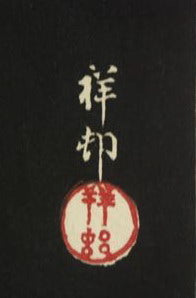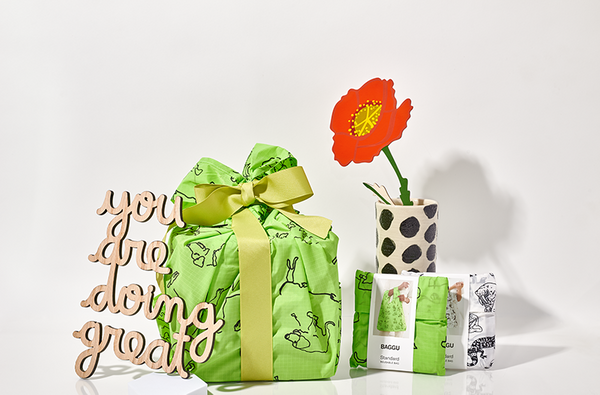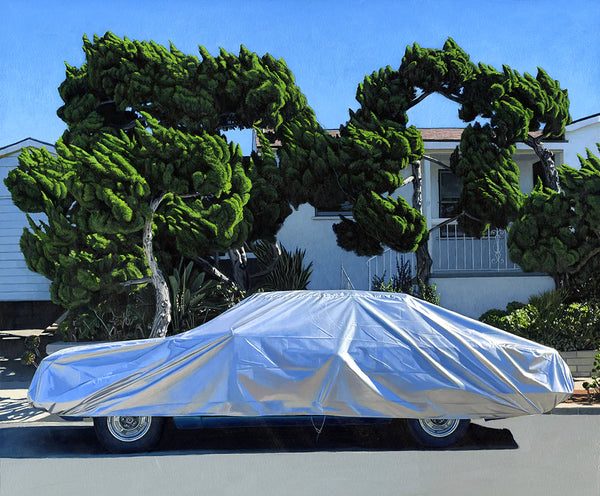This store requires javascript to be enabled for some features to work correctly.

Ohara Koson
Ohara Koson (1877-1945) was a Japanese painter and printmaker of the shin-hanga (“new prints”) movement. Shin-hanga was an early 20th century revival of traditional ukiyo-e art in which the artist, carver, and printer played distinctly separate but unified roles, as opposed to sosaku-hanga (“creative prints”), in which the artist performs all roles and is the sole creator of the work. Koson moved to Tokyo in the late 1890s, eventually becoming a teacher at the Tokyo School of Fine Arts. In 1905, he began practicing woodblock printing, and in time began exporting his prints to American collectors through Ernest Fenollosa, curator of Japanese Art at the Museum of Fine Arts, Boston. While designing many genre landscapes and Russo-Japanese Wars prints, Koson was most known for his kacho-e (bird-and-flower) prints.
Join our mailing list for 15% off
Sign up for our newsletter to get first access to new editions, catch the freshest commentary + features, and snag a special discount.






